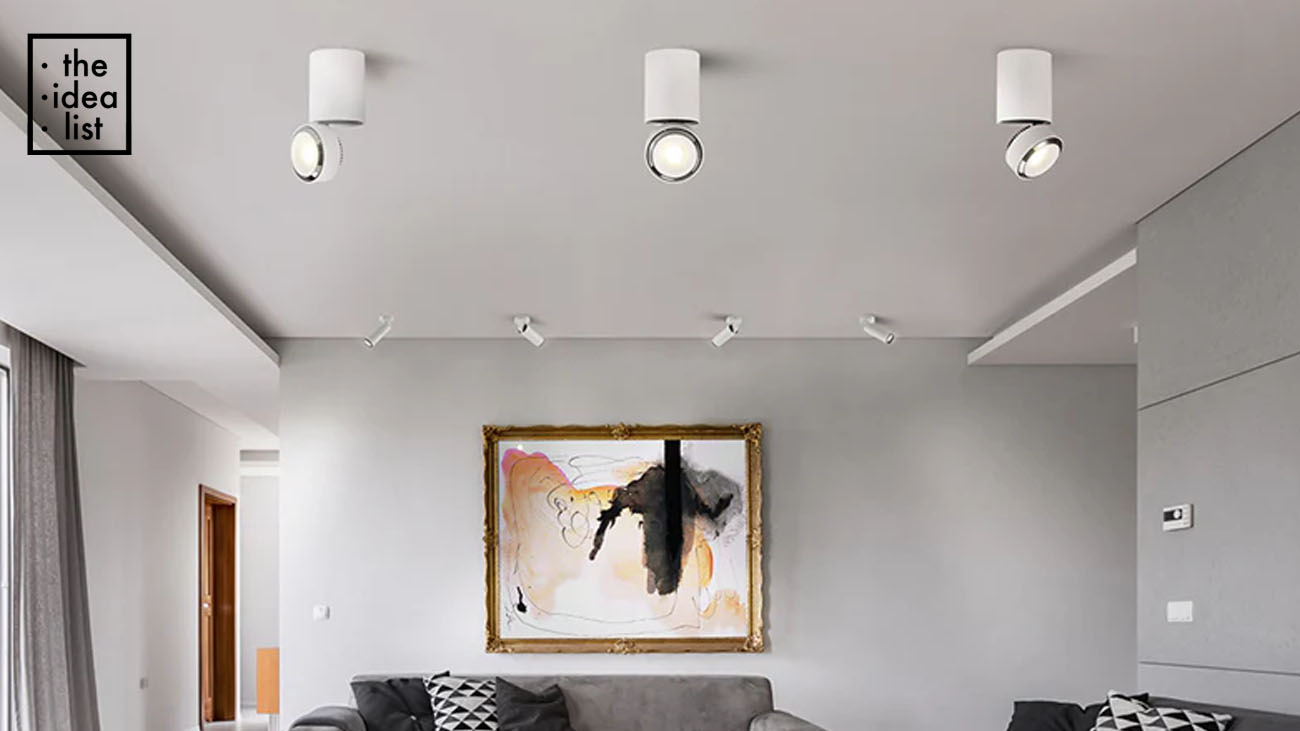
Downlights have become ever more popular recently, due to their minimalistic image and you can see them in beautifully designed homes everywhere. One of the main reasons for this is that in many places, especially apartments, space is at a premium, so unnecessary lighting installations take up valuable room. Downlights can fit into the walls of a property, meaning they aren’t intrusive at all. Lamps might look nice, but there’s always something else that could fit in the floor or table space.
There are a great range of different styles of light that you can buy. As downlights do not use any form of shade, the bulb itself must be chosen to give the desired effect. Each one comes with a rating that describes the type of light which it gives out. This ranges from very warm, soft lighting, to bulbs which are comparable to sunlight. There are also special bulbs that are designed to show colour as accurately as possible. In the home, people generally choose the warmer types of lighting, except in perhaps bathrooms and kitchens. Bright white light is a popular choice in shops and other industrial applications.
When you’re buying downlights, you’ll often be able to get help from the store you’re getting them from. This is often important, because some thought has to be given to the placement of the lights. As they don’t give out a wide beam, they have to be placed in such a way that doesn’t leave patchy lighting. Most bulbs will say on the packaging what angle of light they give out, but it isn’t always easy to work out how that translates to real life. One of the most popular bulbs is the GU10.
The only downside to downlights is that they are more difficult to fit than traditional lights. The bulb generally has to be recessed into wherever it is being mounted. It is therefore recommended that installation is carried out by a professional electrician, as considerable wiring can be required. You should also consider that work will be required if you later want to change your lighting. There are downlights available that have their own casing, which you can attach underneath just about anything. The only issue with them is that you still need to work out where the wire is going to go, unless of course you choose a battery-powered option.